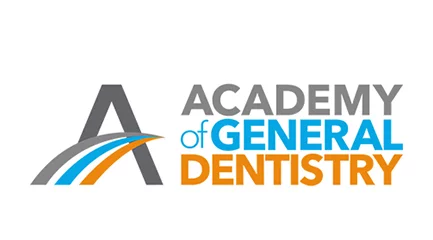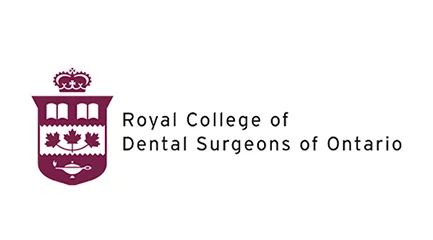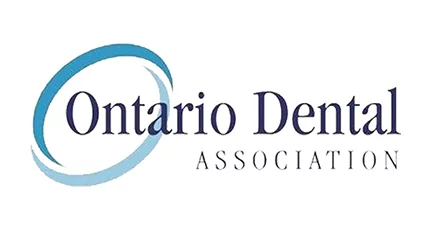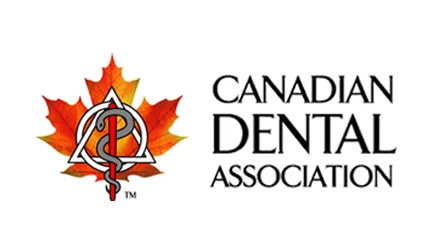PERIODONTAL (GUM) DISEASE
PERIODONTAL (GUM) DISEASES: CAUSES, SYMPTOMS, AND PREVENTIONS
Periodontal or gum diseases generally occur due to infections and inflammation of the gums and bones that support and surround your teeth. The main reason for periodontal diseases is the presence of bacteria in your mouth for extended periods, which forms a film called plaque.
Plaque then turns into a hardened material called tartar or calculus, causing serious oral complications. Dental plaque is an archetypical biofilm and comprises a well-organised colony of bacteria that adheres to teeth surfaces and is embedded in a slime layer. It is the major cause of several gum diseases.
Contact Us Today to Schedule your Consultation! Call (416) 691- 8555 or Click here
MAIN CAUSES OF PERIODONTAL DISEASES
The main cause which results in various gum diseases is poor oral hygiene and layers of plaque buildup on the surface of your teeth. However, there are various other factors that lead to periodontal diseases, including:
- Genetics
- A diet low in nutrients
- Smoking
- Autoimmune or systemic diseases
- Hormonal changes in the body
- Bruxism (habitual, involuntary clenching or grinding of the teeth)
- Certain medications
- Excessive alcohol consumption
COMMON SYMPTOMS OF GUM DISEASES
- Swollen or puffy gums
- Appearance of bright red, dusky red or purplish gums
- Gums that feel tender when touched
- Bleeding of gums while brushing or flossing your teeth
- Bad breath
- Presence of pus between your teeth and gums
- Painful chewing
- Sensitive teeth
If you have any of the above-mentioned symptoms, you might be in need of immediate and appropriate dental treatment in order to minimise the risks of severe periodontal diseases.
In Toronto, you can have the best oral care treatment at Balsam Dental, as we have a highly experienced and well-trained team of dentists that effectively correct your oral irregularities and provide you with a healthy and beautiful smile.
TYPES OF PERIODONTAL DISEASES
There are several types of gum diseases that adversely affect your oral health and should be treated in the initial stages before they cause serious dental complications and become a potential reason for tooth loss.
1. GINGIVITIS
Gingivitis is an early phase of gum disease. It is an inflammation or infection of the gums caused by the accumulation of dental plaque above the gum line. Virtually all people have gingivitis in at least one area of their mouth at any given time.
If left untreated, gingivitis can progress to periodontitis, a more serious and damaging stage of infection and gum inflammation.
2. PERIODONTITIS
If gingivitis remains untreated for prolonged periods, it can convert to periodontitis, a severe gum infection that can lead to tooth loss and other severe health complications.
Generally, it begins when the bacterial infection is caused by the plaque-inflamed gum tissue around your teeth and below the gum line where they are not visible. Over time, the gum tissue and bone supporting your teeth become destroyed, resulting in tooth loss.
HOW CAN YOU PREVENT OR TREAT PERIODONTAL DISEASES?
- Periodontal disease can be prevented by simply following a good oral hygiene routine. It involves basic home care and regular visits to your dentist or hygienist for an examination and professional oral cleanings. Moreover, you should at least brush and floss your teeth twice a day with a soft-bristled toothbrush daily.
- Dental floss cleans the areas between your teeth and under the gum line, where a toothbrush can’t reach. Rinsing with an antibacterial or fluoride-based mouthwash also helps in the prevention of gum diseases.
- Prevention is the best method of making sure your teeth and gums stay healthy, but if periodontal disease is discovered after the early stages, it can often be successfully treated.
- Initial therapy in treating periodontitis involves non-surgical cleaning below the gum line with a procedure called scaling and root planing. This procedure involves an ultrasonic instrument and specialised curettes to mechanically remove plaque and calculus from below the gum line.
- Laser therapy also greatly reduces the presence of periodontitis-causing bacteria, thus decreasing the level of inflammation. A dental laser has a bio-stimulating effect, helping your body’s natural healing process. So when the area is treated, the bacterial activity that causes inflammation and eventual bone loss is interrupted, giving the tissues a chance to heal. The frequent cleanings at your dentist’s office also prevent repopulation of the periodontitis-causing bacteria and allow you to closely monitor the affected areas. Moreover, if you smoke, consider quitting to minimise the chances of plaque buildup in your mouth.
Professional cleaning in our office, the Balsam Dental, will remove the plaque you’ve missed and the hard tartar you can’t remove yourself. Our dentists and hygienists also check for early warning signs of periodontal diseases in the areas you can’t see. In its earliest stages, periodontal disease can often be reversed.
FAQS:
HOW LONG CAN YOU LIVE WITH PERIODONTAL DISEASES?
Periodontal diseases in the initiation do not cause a life-threatening situation, but they can worsen if they remain untreated for prolonged periods. If periodontal diseases exceed the initial stages, they can cause serious aesthetic complications and bone or tooth loss.
That’s why it is necessary to cure gum or periodontal diseases in the beginning before they become severe and exert adverse effects on our oral health.
WHAT IS THE DENTAL PLAQUE COMPOSED OF?
Dental plaque is a sticky or slimy substance that is a combination of the leftover food particles and saliva in your mouth. If a person does not brush or floss his teeth properly, dental plaque starts building up on the teeth surface. It then converts into a hardened material called tartar or calculus, which is difficult to eliminate.
IS THERE ANY DIFFERENCE BETWEEN DENTAL PLAQUE AND BIOFILM?
Plaque is a visible accumulation of a sticky film of bacteria on the tooth surface. If a plaque is not removed in the initial stages, it then gives rise to biofilm. A biofilm is usually a layer of bacterial cells surrounded by extracellular polymeric substances, which are firmly attached to the tooth surface.
CAN YOU REMOVE PLAQUE BY BRUSHING YOUR TEETH?
If plaque is in its initial stages and has not transformed into calculus or tartar, it can be removed by brushing and flossing your teeth. However, you should also see a dental hygienist after regular intervals for in-depth oral cleanings, which can minimise the risks of several gum diseases.











